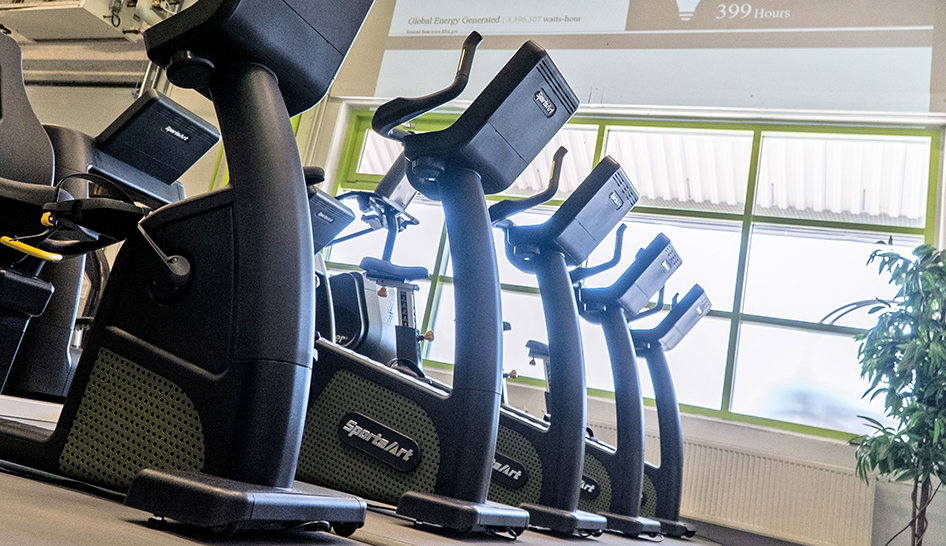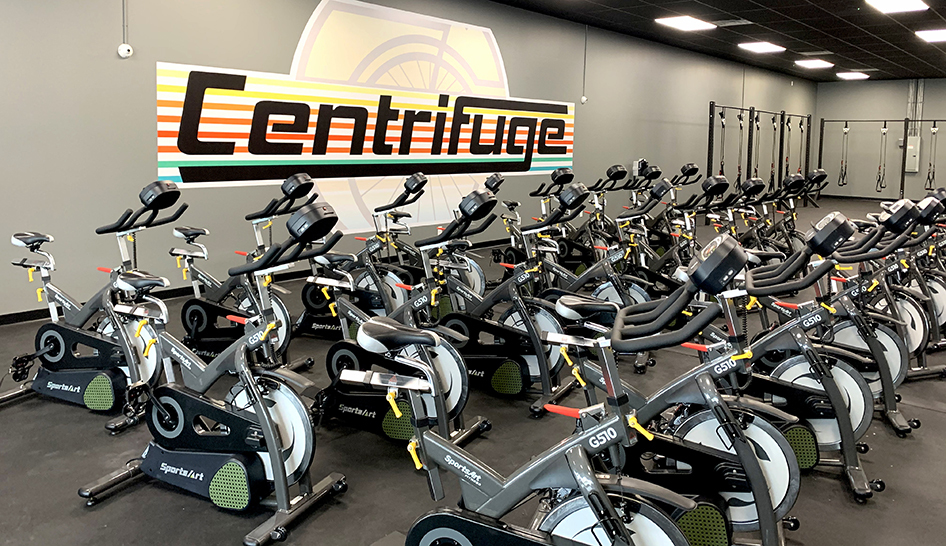Personal trainers don’t need psychology degrees to explain this paradox of human behavior. As common as the intention-action gap is, closing it can be tricky. Luckily, a few successful motivational techniques have emerged.
One of those is “social influence.” It’s especially effective when it comes to environmental issues, according to Harvard Business Review. Social influence is a partner to the “nudge” theory, where you create easy entry points and peer-based motivating factors to convince people to act.
One study found that there was a 65% increase in the purchase of sustainable products when shoppers were informed that other people were buying them. Other research has found similar results. One experiment discovered that when students were informed that their peers were ditching their cars for sustainable transportation, those opting to give up driving for their commute increased five-fold. When more people participate in a social action, others follow suit.
The timing has never been better for nudging people to adopt behavior encouraging sustainability. One frustration of environmental activists over the years is convincing people that their individual behavior can make a difference. To many people, climate change seems like an insurmountable problem, one that their personal action can’t influence.
As the last few weeks have demonstrated, individual behavior is immensely important when protecting the welfare of others, even on a global basis. One person can make a difference. When health clubs offer a nudge toward sustainability, their members can feel like they’re contributing to a more profound shared goal.
Bringing Sustainability to Health Clubs
SportsArt is an industry leader in sustainable exercise equipment, featuring their patented “watts-to-grid” ECO-POWR line of cardio units that use the energy generated by the exerciser to feed power back into the club’s electrical system. Playing a starring role in SportsArt’s collection of ECO-POWR units is the VERDE, the “world’s first energy producing treadmill” and the VERSO, a three-in-one cross trainer equipped with the same capabilities.
Now joining the lineup is an energy-producing indoor cycle. Recently, SportsArt helped create a new sustainable club concept, an indoor cycling studio in St. Petersburg, FL, called Centrifuge that exclusively uses SportsArt’s ECO-POWR cycles.

